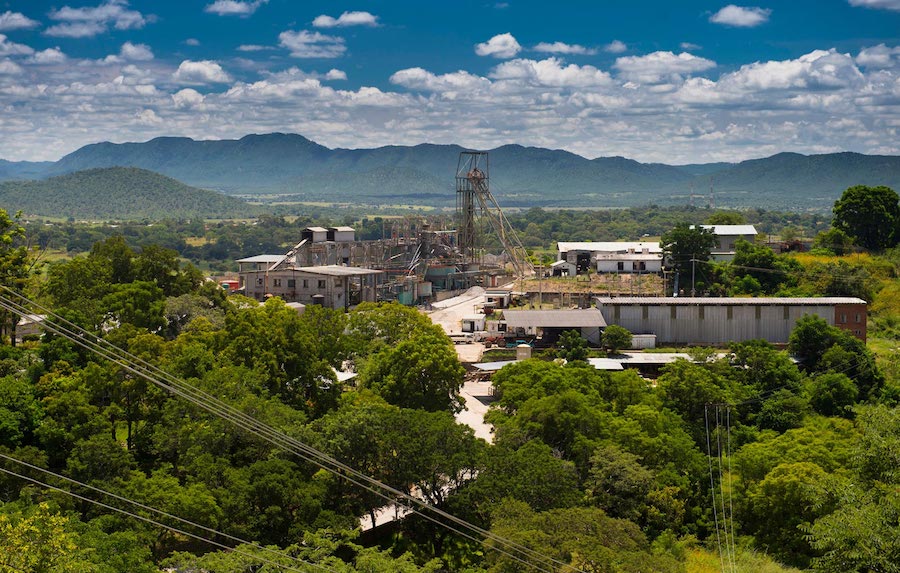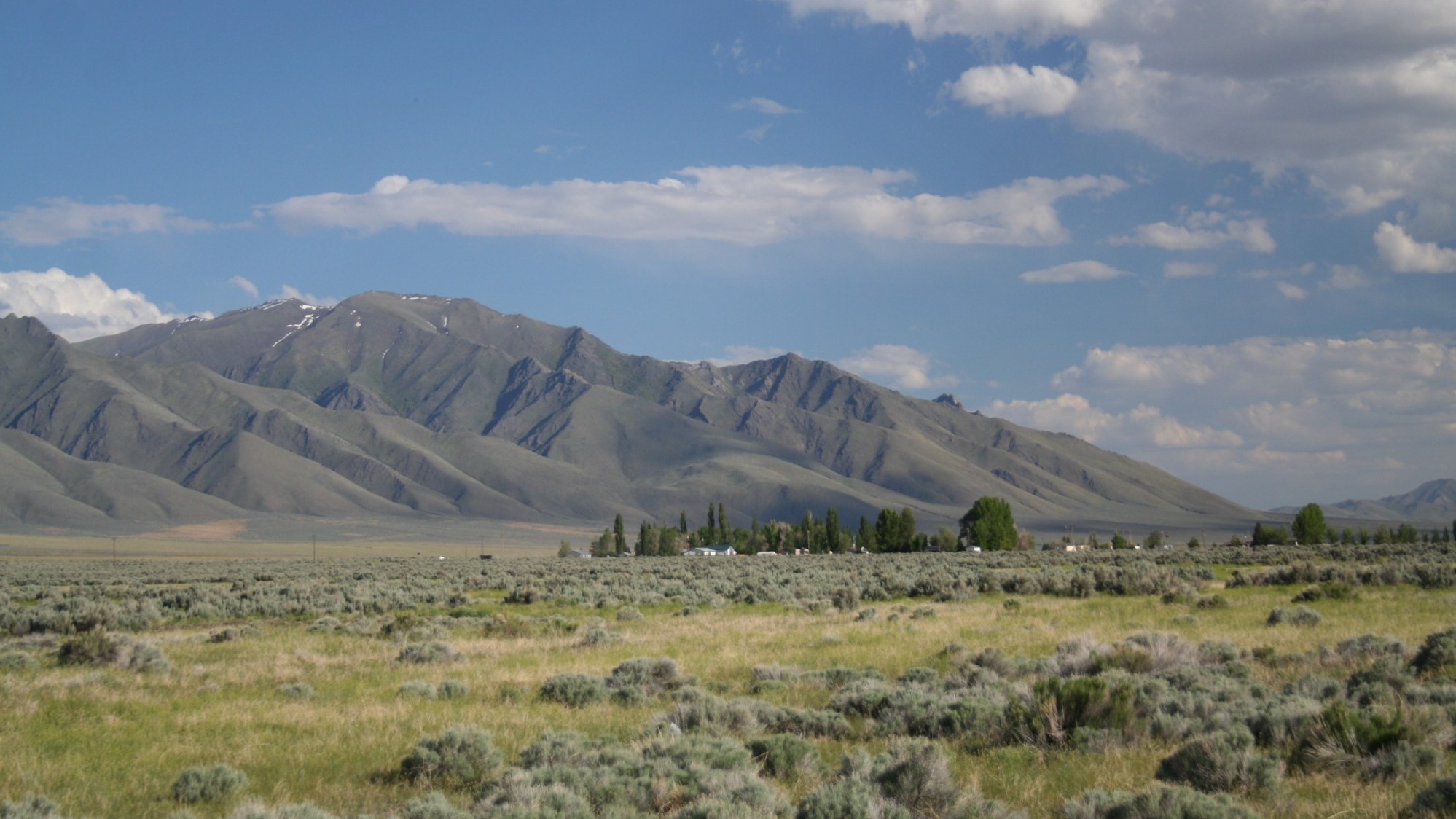Zimbabwe gold mines lure investor despite economic ruin

Zimbabwe’s biggest gold mines are being snapped up by Mauritius-based Sotic International Ltd. as the price of bullion soars to the highest in more than eight years.
Landela Mining Ventures Ltd., which is controlled by Sotic, bought two of Zimbabwe’s gold mines this year. The newcomer is targeting six more mines, including four idled state-owned operations, said Sotic Chief Executive Officer David Brown. That expanding mining portfolio has strategic importance as gold is the biggest source of dollars in a nation facing foreign-currency shortages.
“Gold is a commodity with potential positive impacts,” Brown said in a phone interview from Johannesburg. “We want to grow the resource base to provide upside for both company and country.”
The country is struggling with food and fuel shortages, soaring inflation and an imploding currency
Brown said Sotic is backed by Cayman Islands-registered Almas Global Opportunity Fund, but he declined to name other investors. Last year, Sotic acquired control of Bindura Nickel Corp., Zimbabwe’s biggest nickel operation.
The country is struggling with food and fuel shortages, soaring inflation and an imploding currency. President Emmerson Mnangagwa, who came to power after his predecessor Robert Mugabe was removed by the military in November 2017, has failed to revive the economy and is increasingly reliant on security forces to quell mounting discontent.
Landela is ramping up output at Freda Rebecca, an operation formerly owned by Asa Resources, and last month concluded a deal to buy the mothballed Shamva gold mine from indebted Metallon Corp., once Zimbabwe’s biggest gold miner. While the coronavirus pandemic delayed the acquisition of two more Metallon mines — Mazoe and Redwing — the transaction should be concluded shortly, according to Brown.
Significant player
Landela is also favored to buy four of state-owned Zimbabwe Mining Development Corp.’s gold mines, which were mothballed due to lack of capital, said Brown, a former CEO of Impala Platinum Holdings Ltd.
“We want to become a significant player in the gold industry in Zimbabwe,” said Brown, who is also chairman of a Russian investor-backed company developing one of Zimbabwe’s biggest platinum mines. “We have a significant amount of resources that are available to grow the asset base and become a significant producer. We want to become bigger.”
He declined to say how much Landela is spending to buy the mines, while capital requirements are still being assessed. Some of the operations have been flooded or stripped of equipment after being idled for years.
Still, the quality of Zimbabwe’s assets and the rally in gold justify investor backing for the mines, said Brown. Zimbabwe’s gold output fell to 27 tons last year, down from 33 tons in 2018, as producers struggled with a myriad of challenges from power outages to shortages of foreign currency. The government is targeting output of 100 tons by 2023.
“The common wisdom for the gold price going forward looks like it will stay stronger for longer and to that extent the economics of the mines is significantly enhanced,” Brown said.
(By Felix Njini and Godfrey Marawanyika)
More News
Lithium Americas reaches final investment decision for Thacker Pass mine
Once open, Thacker Pass is expected to produce 40,000 metric tons of battery-quality lithium carbonate per year.
April 01, 2025 | 03:05 pm
Gold retreats from record as traders brace for Trump’s tariffs
Traders are on edge as Trump plans to announce sweeping levies on all of America’s trading partners on Wednesday, raising the risks of retaliatory measures.
April 01, 2025 | 12:58 pm
{{ commodity.name }}
{{ post.title }}
{{ post.excerpt }}
{{ post.date }}



Comments